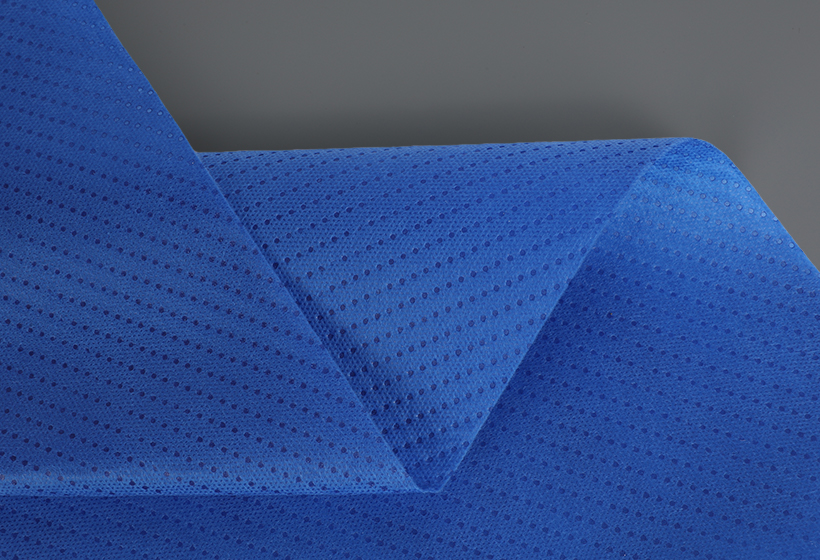Today, meltblown non-woven fabrics are used for many different applications. These materials are most commonly used as medical and sanitary cloths, as well as in filter and insulation materials. They are also used for covering cloths and irrigation products. Home decoration uses for these materials include tablecloths and other home decor. Furthermore, these materials are also used to manufacture linoleum, space cotton, and sound insulation.
The main materials used to manufacture meltblown non-woven fabric are polypropylene, polyester, nylon, and polyethylene. These fabrics are characterized by their high strength and filtration, as well as their flexibility. In addition to their durability, meltblown non-woven fabrics are environmentally friendly and safe. Unlike other textiles, meltblown fabric is a versatile, cost-effective solution for a variety of applications.
The process of meltblown nonwoven fabrics is based on a method known as melt spinning. During meltblown production, molten polymer fibers are extruded through holes in the spinneret. The ducts of a meltblown nonwoven process allow the melting polymer fibers to be cooled by passing hot air over them. Once they have dropped from the die, the fibers are collected into rolls and converted into finished products. The ultra-fine, short fibers produced by meltblown technology are used in respiratory protection, face masks, and filtration media.
The process of meltblown nonwoven production is a complex and complicated one. This type of nonwoven is made by extruding polymer fibers through a die. During this process, these fibers are stretched into thin, pliable sheets. After the meltblown process, the fabric is cooled using hot air. The result is a nonwoven that is resistant to liquids and gases.
The nonwoven material is used for various applications. It is a very versatile material that can be used for different purposes. Its microfiber structure makes it ideal for absorbing oil and preventing leaks. These fabrics are particularly useful in filtering applications. They are also widely used in sewage treatment. Aside from their multifunctional properties, meltblown nonwoven fabrics are an effective solution to the problems caused by contaminated water.
The process of meltblown nonwoven fabric is a complicated one that can be a great help to the nonwoven fabric industry. The main component of this fabric is a polymer with a low molecular weight. This polymer increases the number of fibers per unit area and has a good anti-wrinkle property. The material is also used in medical devices. For example, a covid-virus mask is made up of two layers of spunbond and one layer of meltblown fabric. The latter serves as the barrier between the bacteria and the skin.



 English
English Español
Español











